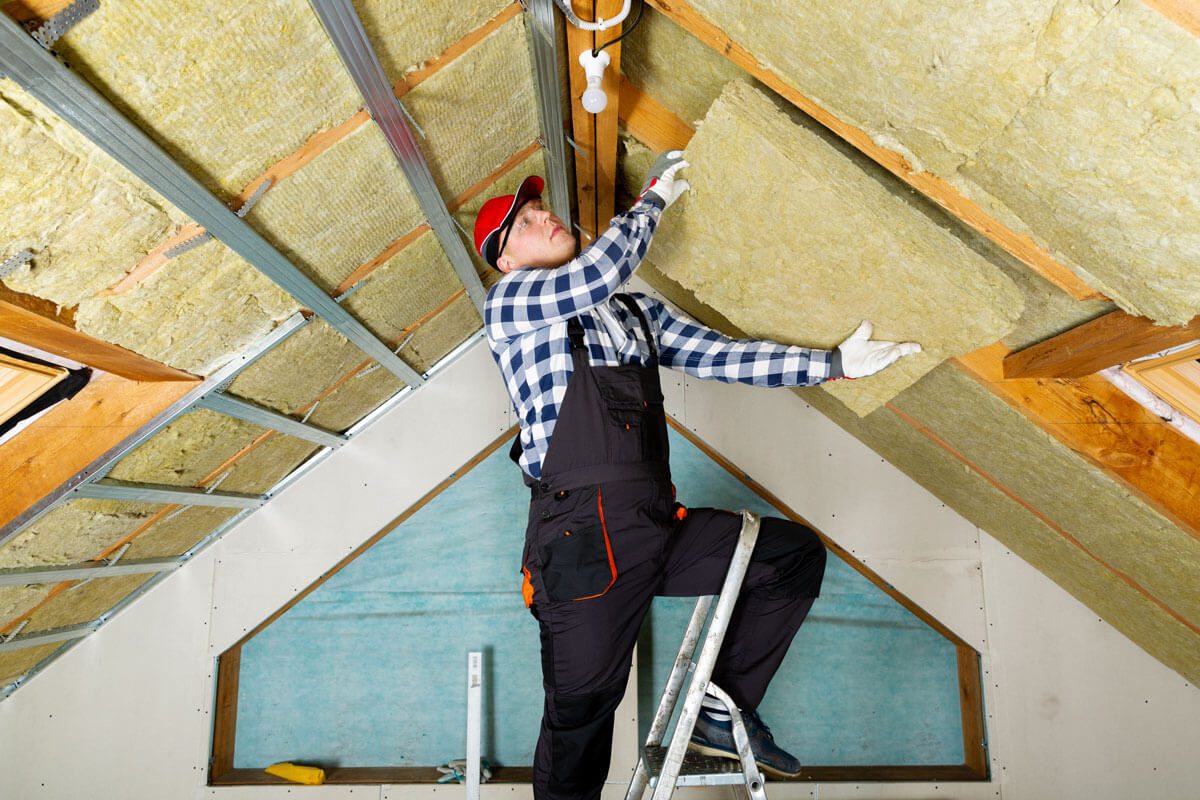
Top Insulation Tips: Ultimate Guide For Homes
Insulating your home is a powerful step toward energy efficiency, comfort, and cost savings. Whether you’re building anew or upgrading an existing habitat, understanding insulation fundamentals can significantly shift your living experience. This ultimate guide will delve deep into top-notch insulation strategies designed to enhance your home’s thermal performance.
Efficiently insulating your space involves more than just stuffing walls with material. Different homes and climates require distinct approaches to ensure optimal outcomes. In this detailed blog post, we’ll explore five key aspects of home insulation, aiding you in making informed choices that align with both your immediate needs and long-term benefits.

Choosing the Right Insulation Material
Every insulation project hinges on selecting the appropriate materials. Fiberglass, cellulose, and foam are some of the predominant options available, each offering unique benefits. For those seeking Expert insulation solutions in Green Ville SC, it’s crucial to consider the climate’s impact on material performance. Fiberglass and cellulose are preferred for areas with fluctuating temperatures due to their high R-values per inch, while foam offers excellent air sealing properties.
The right choice often depends on factors such as budget, environmental preferences (some insulations are greener than others), and specific home needs. Engaging a professional can help you navigate the complex landscape of thermal R-values, fire resistance, and other technical aspects crucial to picking out the best-suited insulation material for your home.
Importance of Proper Installation
Even the highest quality insulation can fail if not installed correctly. Installation mistakes can lead to gaps and thermal bridges that undermine the material’s effectiveness. For fiberglass batts, for instance, careless placement can leave unwanted spaces around electrical boxes or pipes, which compromises the house’s overall thermal seal.
To circumvent these pitfalls, either meticulous DIY or professional installation is recommended. Key techniques include ensuring a snug fit without compressing batts (which diminishes their insulative properties), properly sealing foam boards, and strategically placing loose-fill cellulose to avoid settling and coverage inconsistencies over time.
Evaluating Home Insulation Needs
Before embarking on any insulation project, assessing your home’s current state is essential. This evaluation should include identifying existing levels of insulation through visual checks in accessible areas such as attics and basements and considering a professional energy audit to highlight heat loss spots effectively overlooked during a cursory inspection.
An energy audit not only confirms where you need more insulation but might also point out places needing air sealing — an often underestimated aspect capable of enhancing insulation efforts considerably by preventing weather-induced degradation or pest infiltration.
Innovative Insulation Technologies
Technology advancements have broadened the possibilities for more sophisticated approaches to insulation. Reflective or radiant barriers and rigid foam panels are among contemporary options that promise better performance in specific scenarios like under floors or roofs exposed to heavy solar radiation.
Some new-age materials adapt into spray foam that expands to fill cracks, providing excellent air sealing combined with high R-values. Meanwhile, advancements in ecological materials such as hemp and denim provide sustainable yet efficient alternatives expanding choices for environmentally conscious homeowners.
Maintaining and Upgrading Older Insulation
Maintenance plays a crucial role in sustaining the effectiveness of installed insulation over time. Older installations might degrade or become less effective due to moisture accumulation or pest damage, necessitating routine checks especially in vulnerable areas like attics and crawl spaces.
Upgrading existing insulation is often worthwhile, particularly if significant parts of your older home remain uninsulated. Adding layers or replacing old materials with higher-efficiency options can substantially improve thermal retention and reduce energy costs over time.
This comprehensive guide aims to arm you with essential insights and approaches toward selecting, installing, and maintaining effective insulation in your home. By implementing these strategies diligently, you’re not just investing in immediate comfort but enduring efficiency that keeps paying dividends in terms of lower utility bills and improved indoor air quality.
In conclusion, every step taken towards better insulation corresponds directly with heightened living comfort and diminished environmental impact. Stride forth confidently into your next home improvement project with these expert-driven insights steering your decisions toward optimal results!
